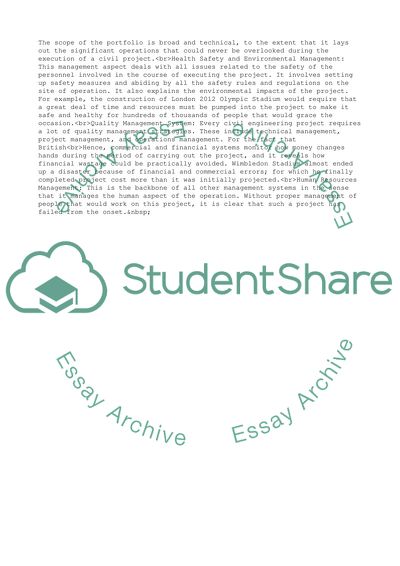Cite this document
(Management Portfolio for a Civil Engineering Project Assignment - 4, n.d.)
Management Portfolio for a Civil Engineering Project Assignment - 4. Retrieved from https://studentshare.org/management/1719344-management-portfolio
Management Portfolio for a Civil Engineering Project Assignment - 4. Retrieved from https://studentshare.org/management/1719344-management-portfolio
(Management Portfolio for a Civil Engineering Project Assignment - 4)
Management Portfolio for a Civil Engineering Project Assignment - 4. https://studentshare.org/management/1719344-management-portfolio.
Management Portfolio for a Civil Engineering Project Assignment - 4. https://studentshare.org/management/1719344-management-portfolio.
“Management Portfolio for a Civil Engineering Project Assignment - 4”, n.d. https://studentshare.org/management/1719344-management-portfolio.


